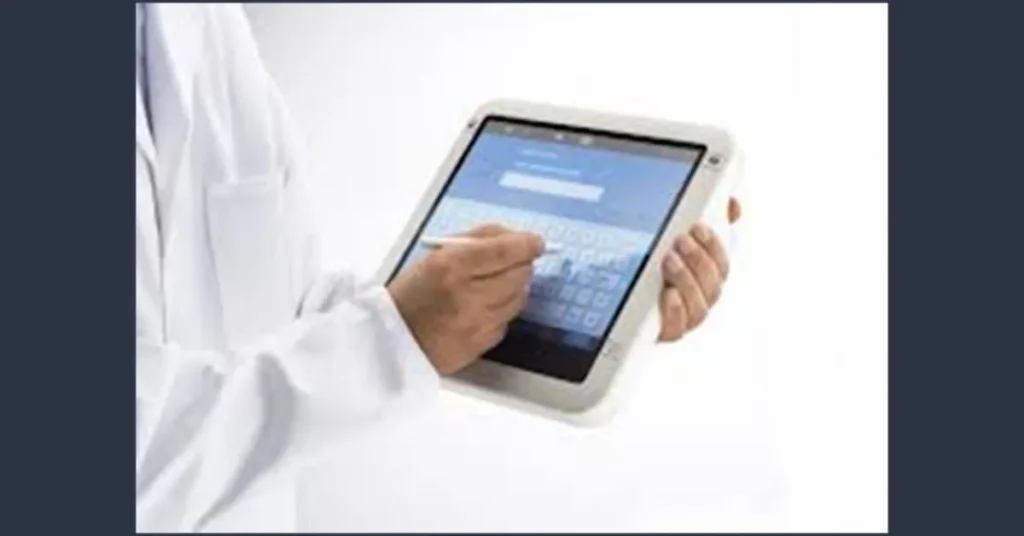An electronic medical record (EMR) system is software that allows you to enter, update, and store medical data in a digital format. In simple terms, it is a computer system that stores digital versions of patient medical records.
If you are the owner or director of a private medical clinic, you have probably already thought about creating such a system to facilitate the work of staff, if you have not already done so. You can learn how to create EMR software in this article.
Search for a developer of the future EMR system
An electronic medical record system is a fairly complex type of software. Therefore, its creation can only be entrusted to a professional.
Before searching for a developer, it is important to understand and formulate an exact picture of the future system. Think about its scale and optimal cost and development time.
After this, you can begin the actual search for candidates. You can find them:
- on specialized resources where software developers post information about themselves and leave their contacts (Clutch.co, App Futura, etc.);
- on questionnaire sites (Ask Google, Reddit, etc.);
- using social networks (LinkedIn, Facebook, etc.);
- at events for software developers.
When studying applicants’ data, pay attention to what specific projects they worked on. Select only those who have extensive experience and a high level of professionalism in developing EMR systems.
Also be sure to read reviews of past developers’ projects on the Internet. It would be a good idea to check the legal integrity of companies on sites like WebChecker or BBB.com.
During the interview stage, be sure to ask applicants various questions about the features of their companies’ work on software development.

Choose the professional developer who will offer you the most favorable terms of cooperation.
Creating an EMR system together with a developer

Having chosen a developer, immediately discuss with him future work on creating an EMR. Typically this process consists of the following steps:
- Signing the contract. At the first stage, you and the developer must draw up a detailed technical description of the future project, indicating the time frame for its development, cost and performance indicators.
- Prototyping the application. Interface designers, based on the technical description, develop the framework of the future EMR system (a simplified schematic representation of the user interface, where only the architecture and navigation are visible).
- Interface design creation. UI designers create a wireframe-based mockup (a static representation of the design for users) and a UI prototype (an animated mockup with all working parts except functions).
- Coding. Developers will now write the code for your EMR management software.
- Product testing. After writing the code, QA engineers will test it for its ability to work normally under heavy loads, as well as for the presence of bugs and errors.
- Deployment. Now EMRs are populated with data and tested in the clinic.
- Support. In parallel with deployment, developers launch and configure the support service.
That’s it. All you have to do is transfer all customer data to the EMR system, monitor its operation and update it periodically.

